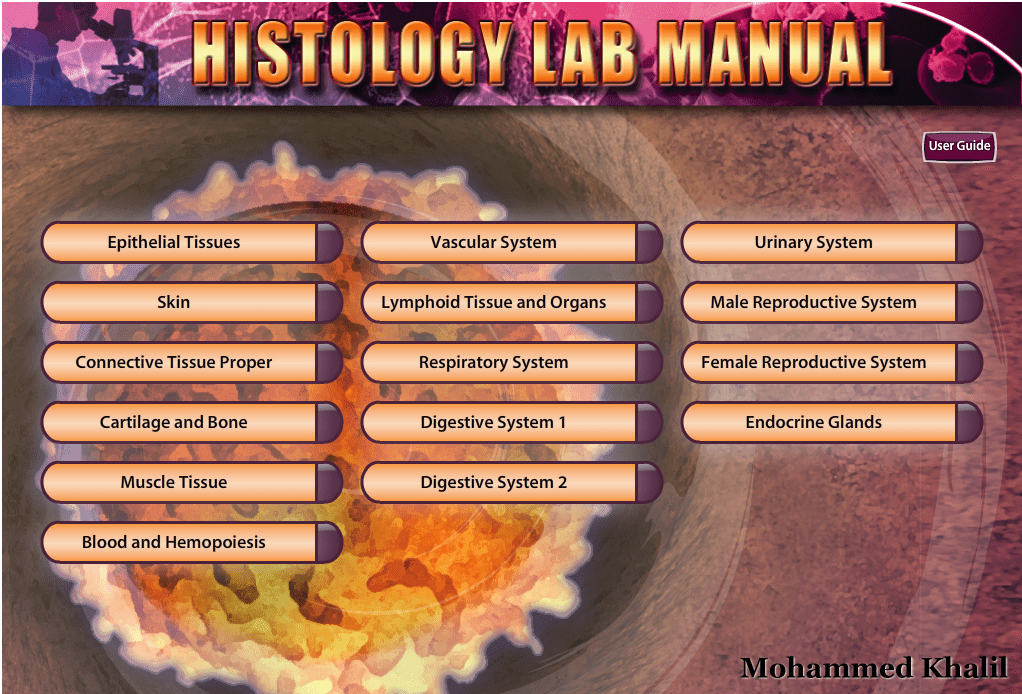
Get the latest articles delivered directly to your inbox!
Our Contributors
Class of 2022
Kyle Duke
Austin Foster
Charlotte Leblang
Ross Lordo
Class of 2021
Dory Askins
Connor Brunson
Keiko Cooley
Mason Jackson
Class of 2020
Megan Angermayer
Carrie Bailes
Leanne Brechtel
Hope Conrad
Alexis del Vecchio
Brantley Dick
Scott Farley
Irina Geiculescu
Alex Hartman
Zegilor Laney
Julia Moss
Josh Schammel
Raychel Simpson
Teodora Stoikov
Anna Tarasidis
Class of 2019
Michael Alexander
Caitlin Li
Ben Snyder
Class of 2018
Alyssa Adkins
Tee Griscom
Stephen Hudson
Eleasa Hulon
Hannah Kline
Andrew Lee
Noah Smith
Crystal Sosa
Jeremiah White
Jessica Williams
Class of 2017
Carly Atwood
Laura Cook
Ben DeMarco
Rachel Nelson
Megan Epperson
Rachel Heidt
Tori Seigler
Class of 2016
Shea Ray
Matt Eisenstat
Eric Fulmer
Geevan George
Maglin Halsey
Jennifer Reinovsky
Kyle Townsend
Join USCSOMG students on their journeys to becoming exceptional physician leaders.

On Being Bold: The Interactive Learning Environment
When I started my job at the USC School of Medicine Greenville in fall 2012, the mission of our clinical partner, the Greenville Health System, caught my attention:
Heal compassionately. Teach innovatively. Improve constantly.
As the new medical school’s first Director of the Instructional Design, I felt this mission statement was written for me as I was hired to help faculty teach innovatively. Specifically, my role is to support independent, classroom, and clinical learning by integrating innovative technologies into the curriculum.
Recently, Dr. Darrell G. Kirch, president and CEO of the Association of American Medical Colleges (AAMC), called on medical schools to think differently and adopt bold solutions. One area ripe for thinking differently is how academic material is presented to students. Technology is transforming the entire process of medical education, with educational technologies used at all points possible in the medical curriculum. These uses vary from relatively straightforward online multimedia tutorials, to sophisticated virtual applications and simulations.
During the past year, I’ve worked with faculty to create self-directed learning modules (SLMs). SLMs are developed using interactive images, animations, narrations, and self-assessments. The major elements of the SLMs include: animated PowerPoint slides with synchronized narrations, flash animations with visualizations complemented by text and narrations, interactive instructional content and quizzes.
Both faculty and students like SLMs. Students find them to be a great replacement to pre-class readings because the SLMs make understanding complex concepts easier. Our faculty noticed improvement in classroom interactions and discussions when SLMs were utilized.
A significant impact of the use of innovative technology in the teaching and learning process is its ability to empower learners. One great example is the Electronic Histology Lab Manual used by USC School of Medicine Greenville faculty member, Dr. Mohammed Khalil, in the histology lab. He developed an online laboratory manual to facilitate self-directed group exercises that actively engage students during laboratory sessions. The online manual includes guided instruction for students to navigate virtual slides, exercises for students to monitor learning, and cases to provide clinical relevance. At the end of the laboratory activities, each student group can generate a laboratory report that can be used to monitor their progress with formative feedback.
The SLMs and Dr. Khalil’s online manual are not only teaching medical knowledge, but also supporting and promoting self-directed independent work so our students can take charge of their learning. These are the perfect example of using technology in new and bold ways to improve medical education.
We’re now busy with the implementation of our new online learning community system, CANVAS. CANVAS is designed on five core principles: communication, ease of use, multimedia integration, user-centered interface, and compliance with usability standards. It will be used by the USC School of Medicine Greenville as well as by other academic programs within the Greenville Health System to deliver content, manage learning, and build learning communities across campuses. In this case, technology is leveraging intellectual assets across the medical system and our clinical partner; it is a true example of teaching innovatively.
The new realities of academic medicine demand innovation and bold ideas. This past year has been an amazing experience supporting faculty and student efforts for teaching and learning of a novel integrated curriculum with technology as an enabler. I am now working with faculty to design and develop instructional materials for next academic year. The excitement never ends as we are committed to teaching innovatively and improving constantly.
Transforming Medical School Blog
Copyright 2021 USC School of Medicine Greenville



